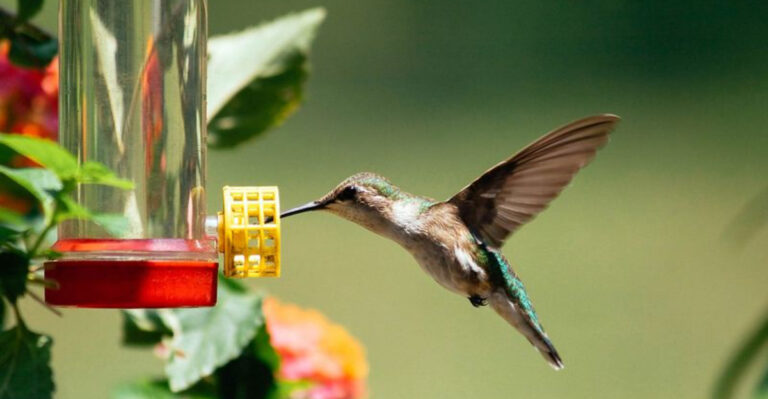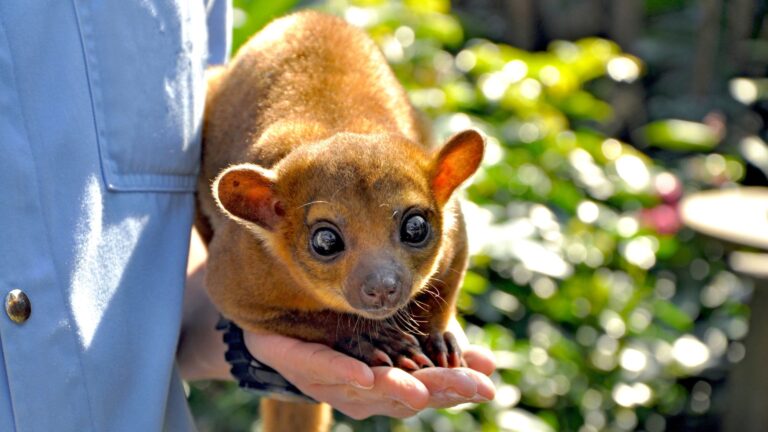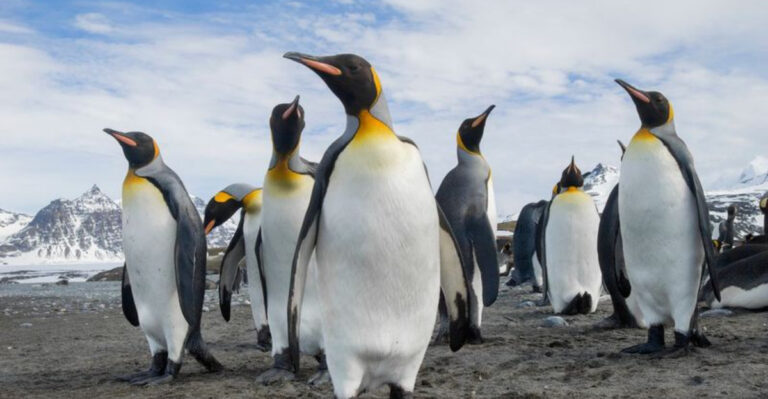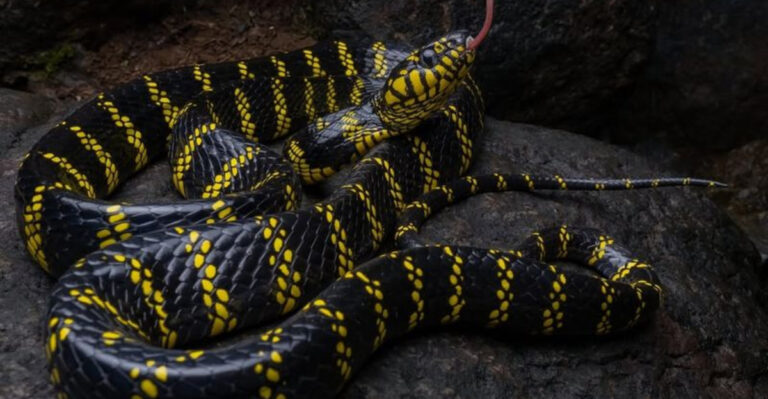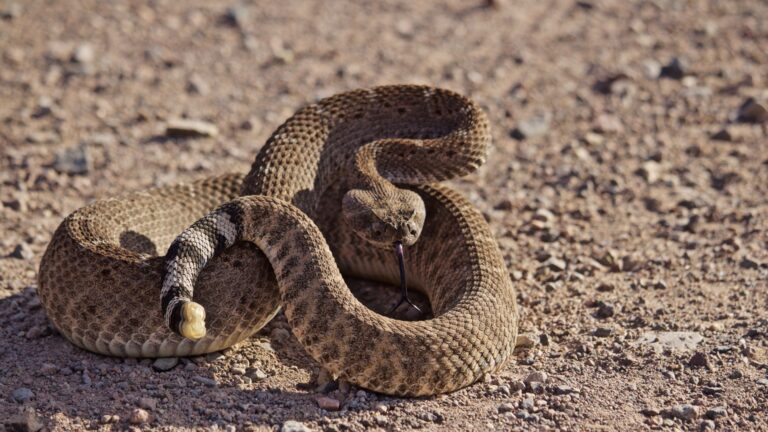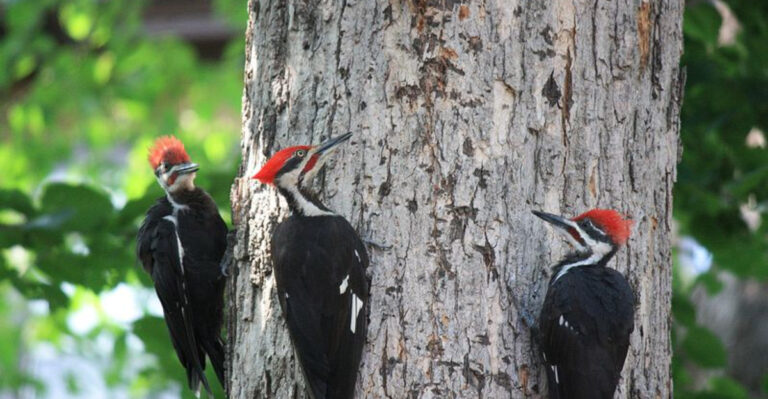24 U.S. States Where Black Bears Roam In The Greatest Numbers
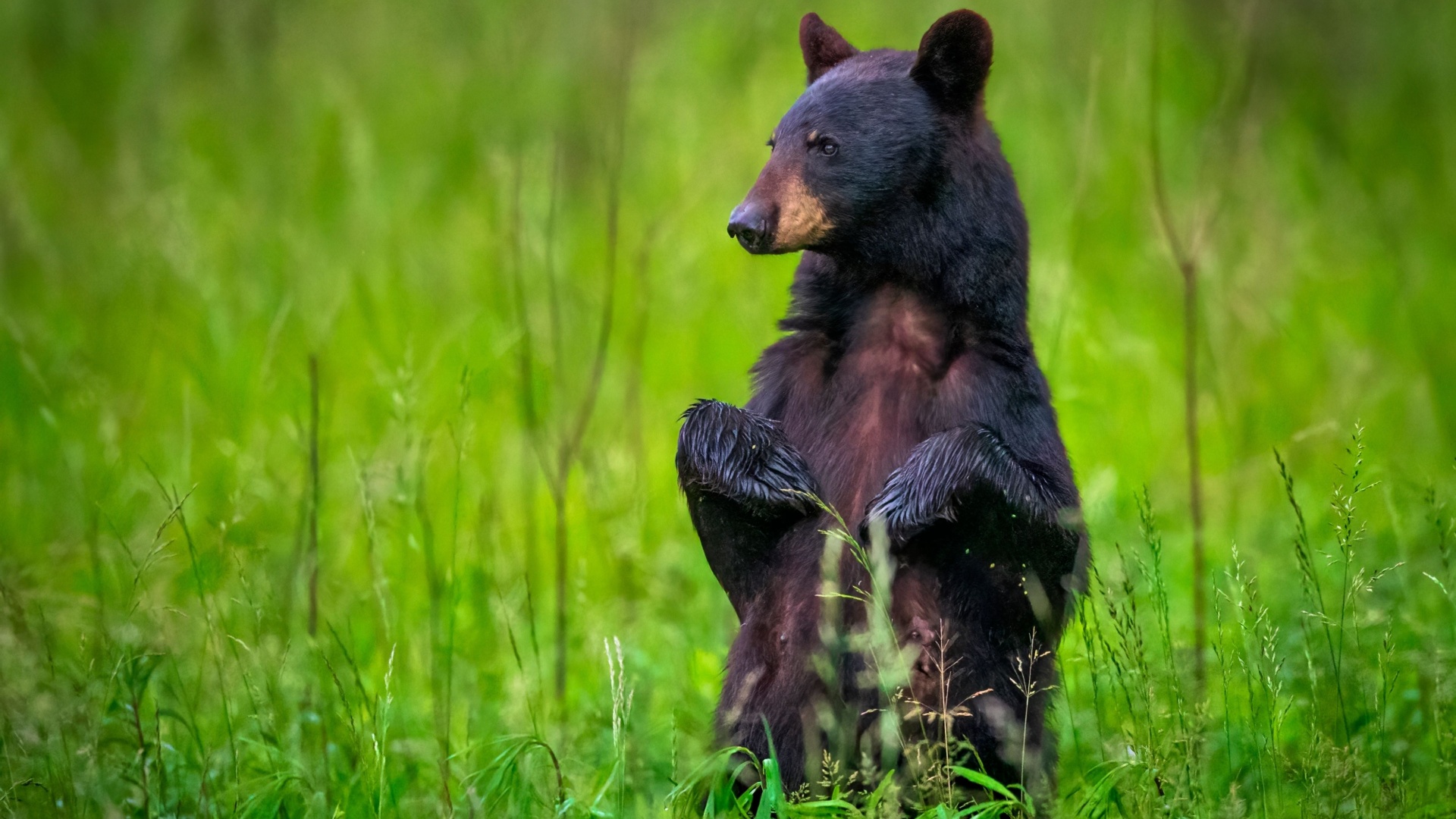
Black bears are a captivating symbol of North America’s wilderness, thriving in diverse habitats across the United States.
While they can be spotted in many regions, some states are known for their thriving black bear populations. From the dense forests of the Appalachian Mountains to the vast wilderness of the Pacific Northwest, these states provide ideal environments for these remarkable animals.
Whether you’re a wildlife enthusiast planning a bear-watching adventure or simply curious about where black bears are most abundant, this list will guide you through the 24 U.S. states with the highest black bear populations.
1. Alabama
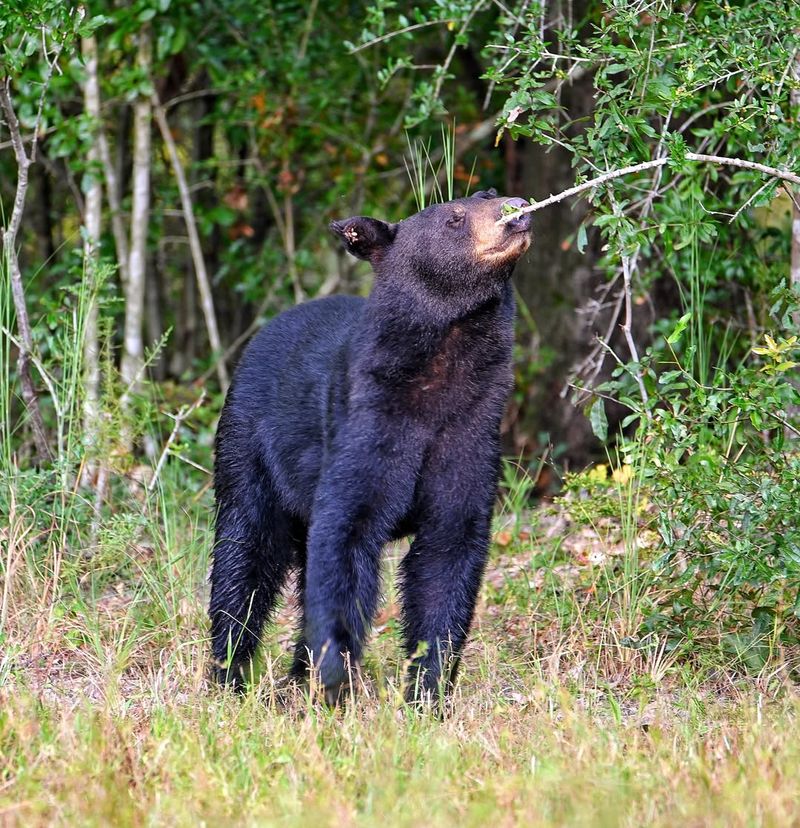
Approximately 300 to 400 black bears.
Alabama hosts a modest population of black bears, primarily concentrated in the southwestern part of the state. These bears thrive in the dense forests and swamps, finding ample food and shelter.
The state’s wildlife conservation efforts have helped maintain a steady population, allowing these bears to roam freely without significant threats. Black bears in Alabama are often seen near water bodies, where they fish and playfully interact with their environment.
Though sightings can be rare, locals cherish these moments, fostering a sense of coexistence with nature. Residents are encouraged to secure their garbage and avoid feeding the bears to prevent habituation.
With continued conservation efforts and public awareness, Alabama’s black bear population is expected to remain stable. This balance between humans and wildlife is a testament to Alabama’s commitment to preserving its natural heritage while embracing its wild inhabitants.
2. Alaska
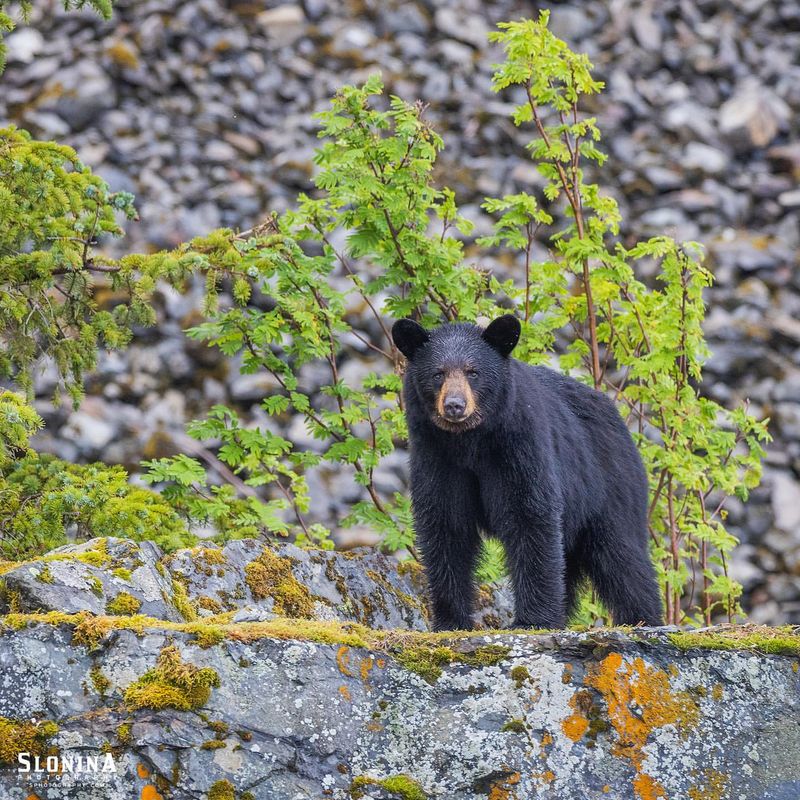
Over 100,000 black bears, the largest population in the U.S.
Alaska boasts one of the largest black bear populations in America, thanks to its vast wilderness and abundant natural resources. These bears are found throughout the state, from the coastal rainforests to the rugged interior landscapes.
Alaska’s black bears are often observed fishing for salmon in pristine rivers, a sight that attracts wildlife enthusiasts from around the globe. The state’s initiatives to protect wildlife habitats have been instrumental in supporting robust bear populations.
Alaskan black bears are adaptable, thriving in various environments and climates. Their presence is a vital part of the ecosystem, contributing to the health of the forests and waterways.
Visitors to Alaska are advised to respect these animals by keeping a safe distance and following guidelines to avoid conflicts.
By fostering a respectful relationship with wildlife, Alaska continues to be a haven for black bears, showcasing the state’s dedication to environmental conservation.
3. Arizona
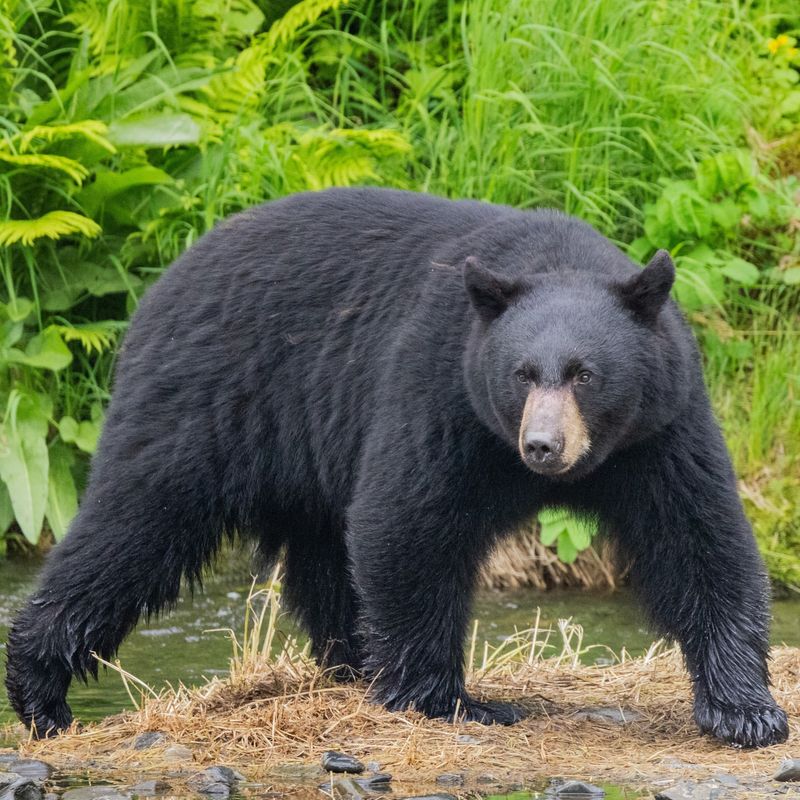
Between 2,500 and 3,500 black bears.
Arizona’s black bears are a unique sight, adapting to the state’s arid environments. These bears are primarily located in the forested areas of northern and eastern Arizona, where they find refuge among the mountains and woodlands.
While the population isn’t as large as in other states, Arizona’s black bears thrive in these secluded habitats. The state’s efforts to maintain wildlife corridors have allowed bears to move freely between habitats, ensuring genetic diversity and ecological balance.
Visitors to Arizona’s parks might catch a glimpse of these elusive creatures, often seen foraging for berries and insects. To coexist peacefully with Arizona’s black bears, it’s essential for locals and tourists to store food securely and respect wildlife boundaries.
The state’s commitment to preserving natural habitats continues to support the survival and growth of its black bear population, making Arizona a unique place for bear enthusiasts.
4. Arkansas
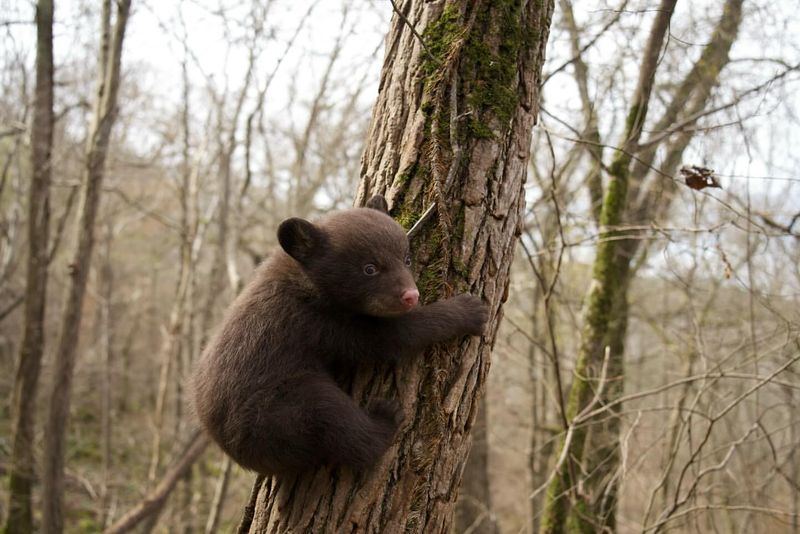
Approximately 3,000 black bears.
Arkansas is home to a thriving black bear population, particularly in the Ozark and Ouachita Mountains. Known for their adaptability, Arkansas’s bears find ample food and shelter in these regions, contributing to a stable and growing population.
The state’s conservation programs play a crucial role in monitoring and protecting these animals. In recent years, black bear sightings have become more common, much to the delight of nature lovers and photographers.
These bears are often seen exploring forests, foraging for nuts and berries, and occasionally visiting campsites. Residents and visitors alike are encouraged to maintain a respectful distance and adhere to guidelines to prevent bear encounters.
With ongoing efforts to preserve natural habitats and educate the public, Arkansas continues to provide a safe haven for black bears, highlighting the state’s rich biodiversity and commitment to wildlife conservation.
5. California
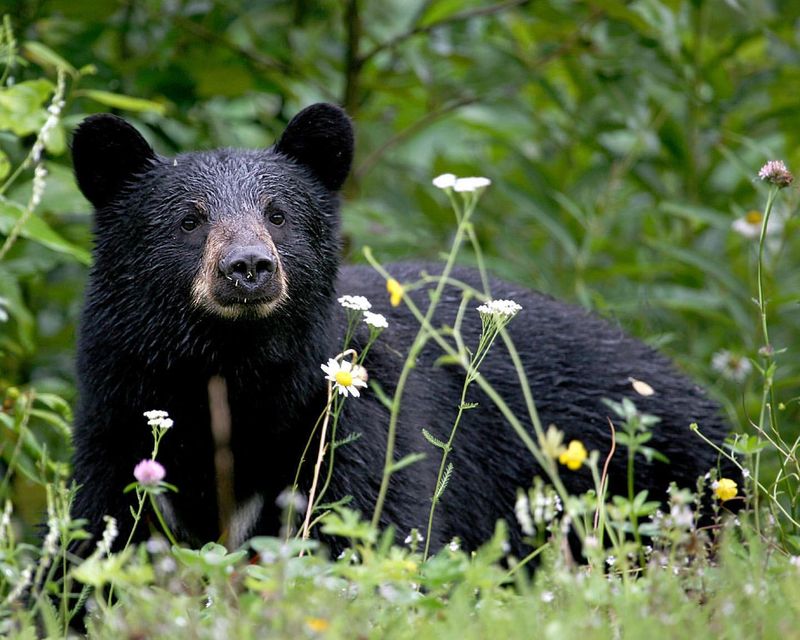
Estimated between 30,000 and 40,000 black bears.
California boasts a significant black bear population, largely concentrated in the Sierra Nevada and coastal regions. The state’s diverse habitats provide an ideal environment for these bears, who thrive in the abundant forests and mountainous terrains.
California’s commitment to conservation has ensured that black bear populations remain healthy and robust. Black bears in California are often spotted near hiking trails and campsites, much to the excitement of outdoor enthusiasts.
They are an integral part of the state’s ecosystem, contributing to the health of forests by spreading seeds and controlling insect populations. To coexist peacefully with California’s black bears, residents and visitors are encouraged to follow guidelines such as securing food and trash.
The state’s efforts to educate the public on bear safety have been instrumental in reducing human-bear conflicts, ensuring that these magnificent creatures continue to flourish in their natural habitats.
6. Colorado
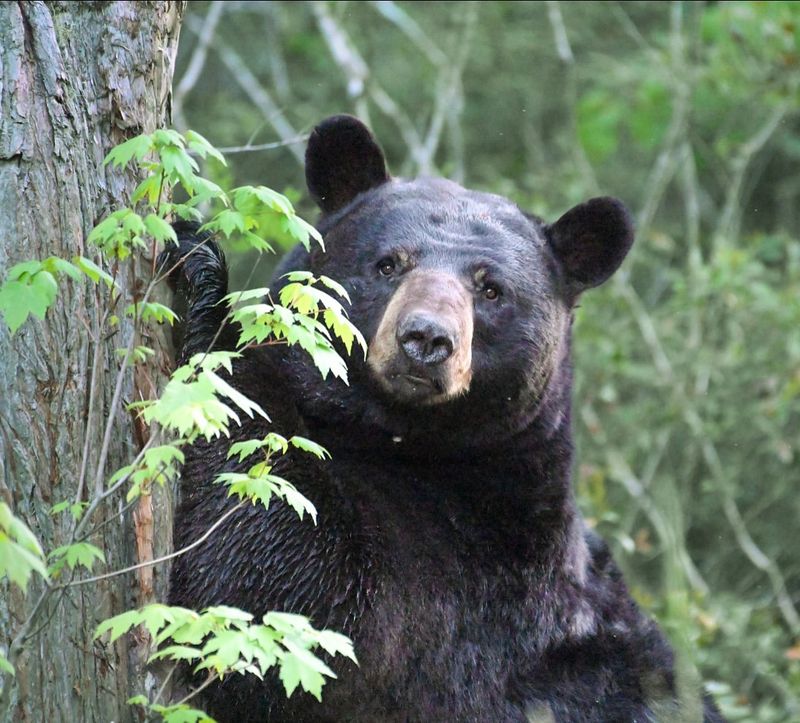
Approximately 17,000 to 20,000 black bears.
Colorado is renowned for its thriving black bear population, with these animals predominantly found in the mountainous regions. The state’s diverse landscapes, ranging from dense forests to open meadows, provide ample resources for black bears to flourish.
Colorado’s commitment to maintaining wildlife corridors has been vital in supporting these populations. Black bears in Colorado are frequently seen during the warmer months, foraging for food and preparing for hibernation.
Their presence is a cherished part of the state’s natural heritage, drawing nature enthusiasts and photographers alike. To ensure a harmonious coexistence with Colorado’s black bears, it’s essential for both residents and tourists to follow safety guidelines.
By respecting wildlife boundaries and securing food sources, the state continues to protect its black bear populations, highlighting Colorado’s dedication to wildlife conservation and ecological balance.
7. Connecticut
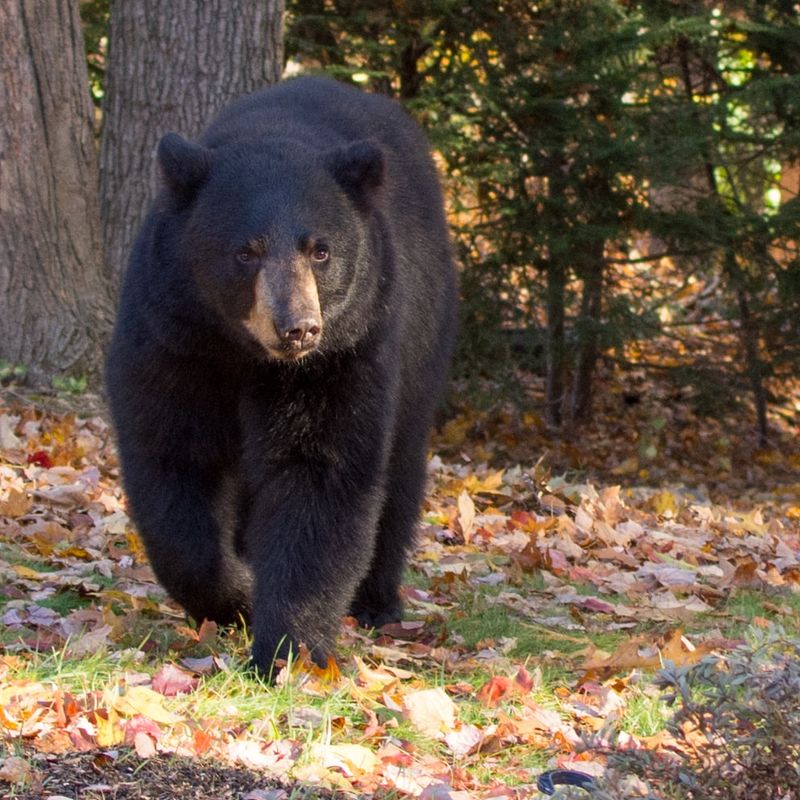
Estimated between 1,000 and 1,200 black bears.
Connecticut’s black bear population has been steadily increasing, primarily residing in the northwestern part of the state. These adaptable animals thrive in the mixed hardwood forests, where they find abundant food and shelter.
Connecticut’s commitment to wildlife management has played a significant role in supporting this growth. Bear sightings in Connecticut are becoming more frequent, with these animals occasionally wandering into suburban areas.
This has led to increased awareness and appreciation for these majestic creatures among residents. To minimize human-bear interactions, the state encourages people to secure garbage and eliminate attractants.
By fostering a culture of respect and understanding, Connecticut continues to provide a safe environment for black bears, ensuring that these magnificent animals remain an integral part of the state’s natural landscape.
8. Florida
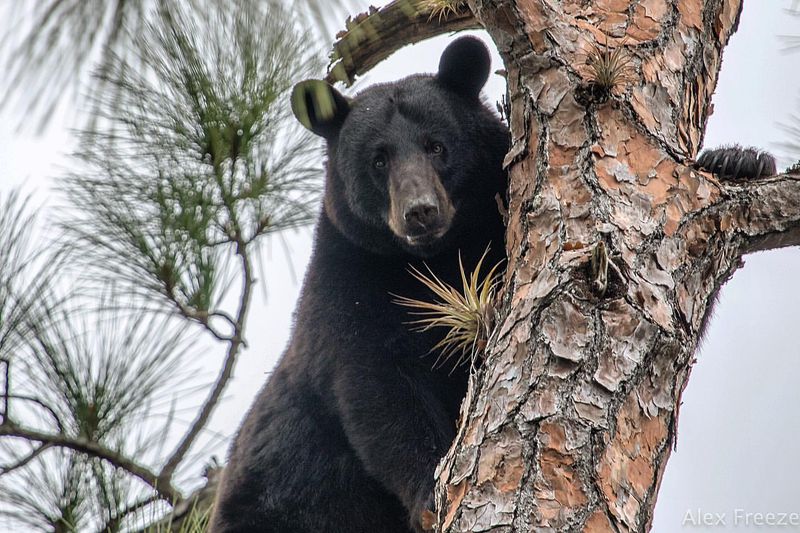
Approximately 4,050 black bears.
Florida’s black bear population is one of the most well-known in the southeastern United States. These bears primarily inhabit the forests and swamps of northern and central Florida, thriving in the state’s diverse ecosystems.
Florida’s conservation efforts have been instrumental in protecting and supporting a healthy bear population. Black bears in Florida are often seen near water sources, where they forage for fruits and small animals.
Their adaptability to various habitats has ensured their survival and growth across the state. Residents and visitors are encouraged to follow guidelines to prevent bear encounters, such as securing food and trash.
Florida’s dedication to wildlife conservation, along with public education initiatives, ensures that black bears continue to thrive in their natural habitats, contributing to the state’s rich biodiversity and natural beauty.
9. Georgia
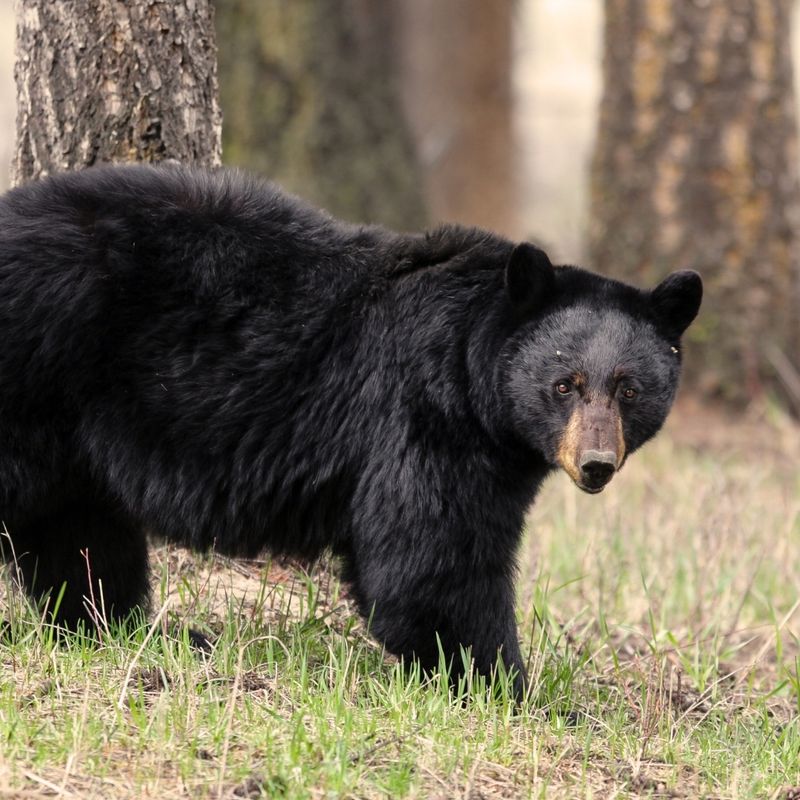
Approximately 5,100 black bears.
Georgia’s black bear population is primarily concentrated in the northern mountains and Ocmulgee River areas. These regions provide the perfect environment for bears, with abundant food and shelter.
Georgia’s conservation strategies have been effective in maintaining healthy and stable bear populations. Black bears in Georgia are often spotted near streams and rivers, foraging for plants and small animals.
Their presence adds to the state’s natural allure, attracting wildlife enthusiasts and researchers. To ensure a peaceful coexistence with black bears, Georgia residents and visitors are advised to secure food and trash.
The state’s ongoing efforts to educate the public about bear safety have helped reduce conflicts, allowing these magnificent creatures to thrive in their native habitats.
10. Idaho
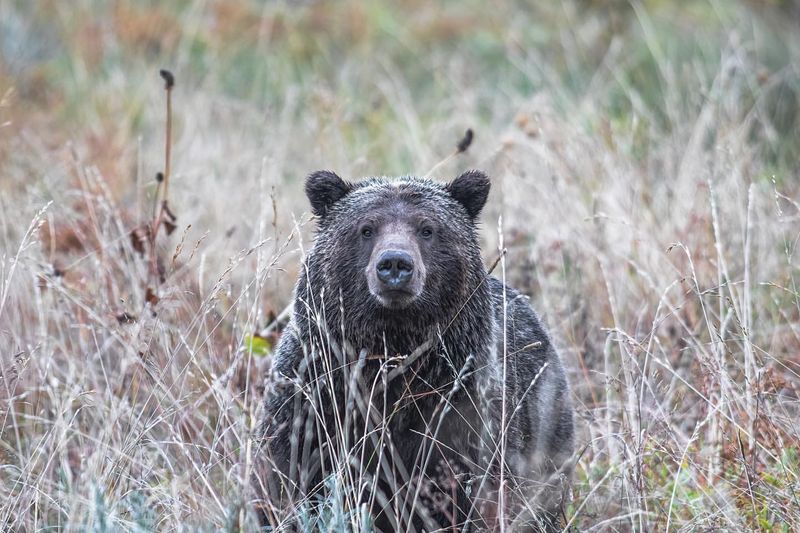
Between 20,000 and 30,000 black bears.
Idaho is home to a diverse black bear population, thriving in the state’s rugged landscapes and abundant forests. These adaptable animals are primarily found in northern and central Idaho, where they enjoy a rich variety of food sources and natural habitats.
Idaho’s wildlife management practices have been crucial in supporting healthy bear populations. Black bears in Idaho are often seen foraging for berries and plants, contributing to the ecological balance of their environments.
Their presence is a vital part of the state’s wildlife heritage, drawing nature enthusiasts and photographers from far and wide. Residents and visitors are encouraged to follow guidelines to minimize bear encounters, such as storing food securely and respecting wildlife boundaries.
Idaho’s commitment to preserving its natural landscapes ensures that black bears continue to thrive, highlighting the state’s dedication to wildlife conservation and ecological diversity.
11. Kentucky
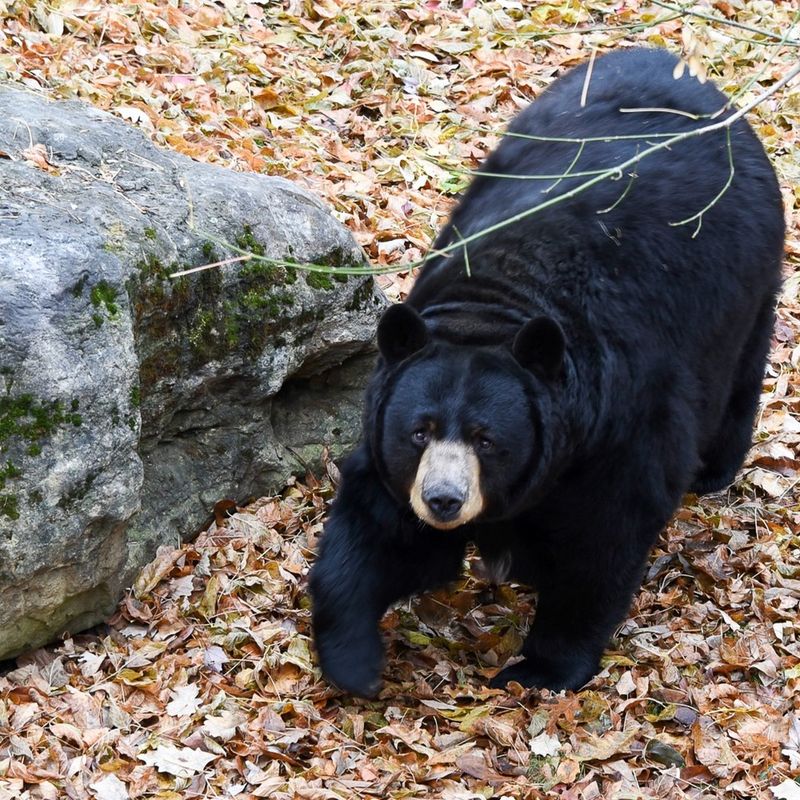
Approximately 500 to 1,000 black bears.
Kentucky’s black bear population is primarily concentrated in the eastern part of the state, where the Appalachian Mountains provide an ideal habitat. These bears thrive in the dense forests, finding ample food and shelter to support their population.
Kentucky’s conservation efforts have been instrumental in ensuring a stable and growing bear population. Black bears in Kentucky are often seen exploring wooded areas, foraging for nuts, berries, and small animals.
Their presence adds to the state’s natural charm, attracting wildlife enthusiasts and visitors. To minimize human-bear interactions, residents and tourists are encouraged to follow safety guidelines, such as securing food and garbage.
Kentucky’s dedication to preserving its natural habitats ensures that black bears continue to flourish, contributing to the state’s rich biodiversity and natural beauty.
12. Louisiana
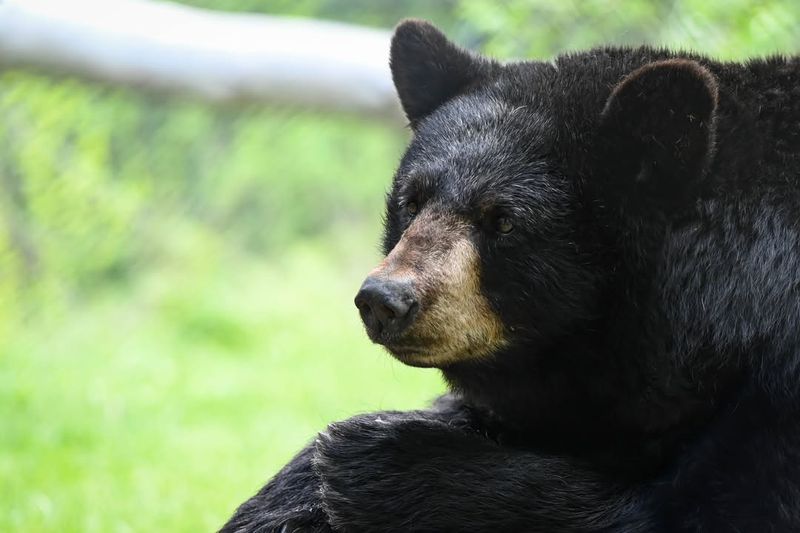
Approximately 750 to 1,000 black bears.
Louisiana’s black bear population, known as the Louisiana black bear, is primarily found in the southern part of the state. These bears inhabit the swamps and forests, where they find a unique blend of food sources and shelter.
Louisiana’s conservation efforts have been pivotal in supporting the survival and growth of this subspecies. Black bears in Louisiana are often seen near water bodies, where they forage for fruits, insects, and small animals.
Their presence is a cherished part of the state’s wildlife heritage, contributing to the biodiversity of Louisiana’s ecosystems. To ensure a harmonious coexistence with black bears, residents and visitors are encouraged to secure food and trash.
Louisiana’s ongoing efforts to educate the public about bear safety have helped reduce conflicts, allowing these magnificent creatures to thrive in their native habitats.
13. Maine
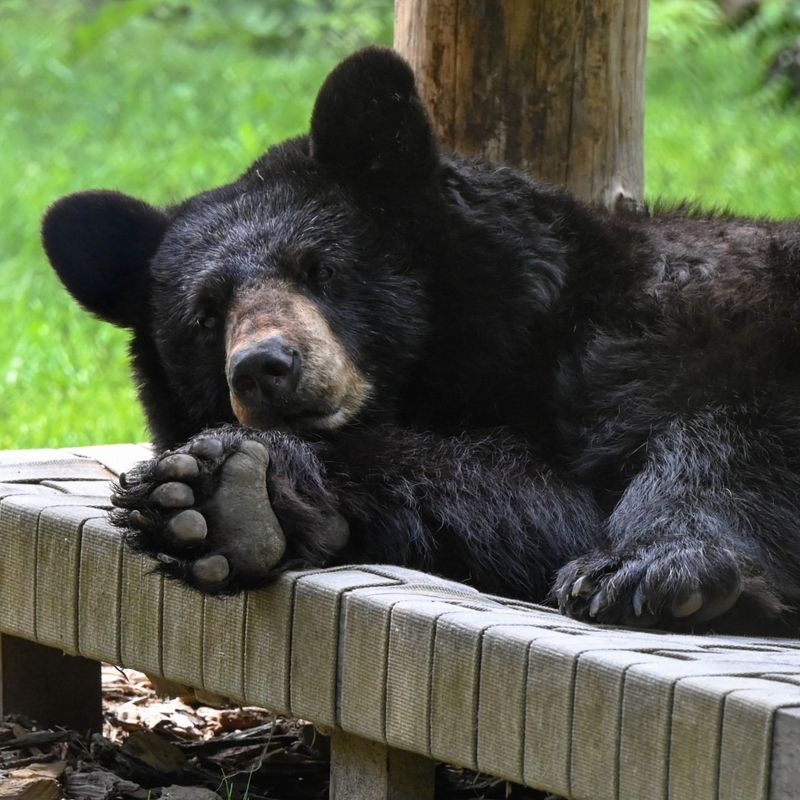
Between 24,000 and 36,000 black bears.
Maine is home to one of the largest black bear populations in the northeastern United States. These bears thrive in the state’s vast forests, where they find abundant food sources and natural habitats.
Maine’s commitment to wildlife conservation has been instrumental in maintaining healthy and robust bear populations. Black bears in Maine are often seen foraging for berries and nuts, contributing to the ecological balance of their environments.
Their presence is a vital part of the state’s natural heritage, attracting wildlife enthusiasts and photographers from far and wide. To minimize human-bear interactions, residents and visitors are advised to follow safety guidelines, such as securing food and all their garbage.
Maine’s dedication to preserving its natural landscapes ensures that black bears continue to flourish, highlighting the state’s commitment to wildlife conservation and ecological diversity.
14. Maryland
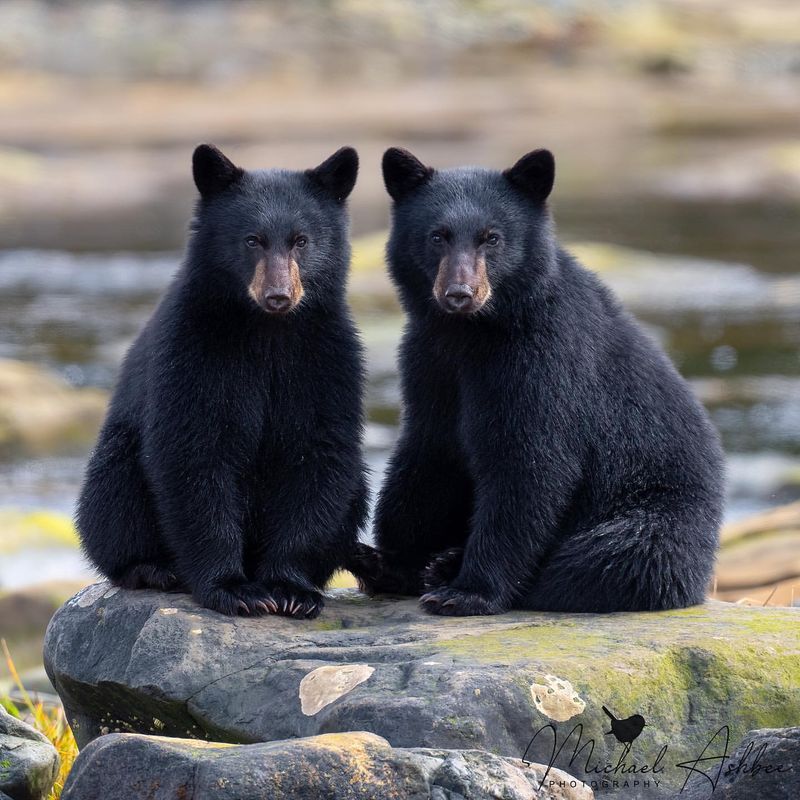
Approximately 2,000 to 2,250 black bears.
Maryland’s black bear population is primarily concentrated in the western part of the state, where the Appalachian Mountains provide an ideal habitat. These bears thrive in the dense forests, finding ample food and shelter to support their population.
Maryland’s wildlife management practices have been crucial in supporting healthy bear populations. Black bears in Maryland are often seen exploring wooded areas, foraging for nuts, berries, and small animals. Their presence adds to the state’s natural charm, attracting wildlife enthusiasts and visitors.
To minimize human-bear interactions, residents and tourists are encouraged to follow safety guidelines, such as securing food and garbage.
Maryland’s dedication to preserving its natural habitats ensures that black bears continue to flourish, contributing to the state’s rich biodiversity and natural beauty.
15. Massachusetts
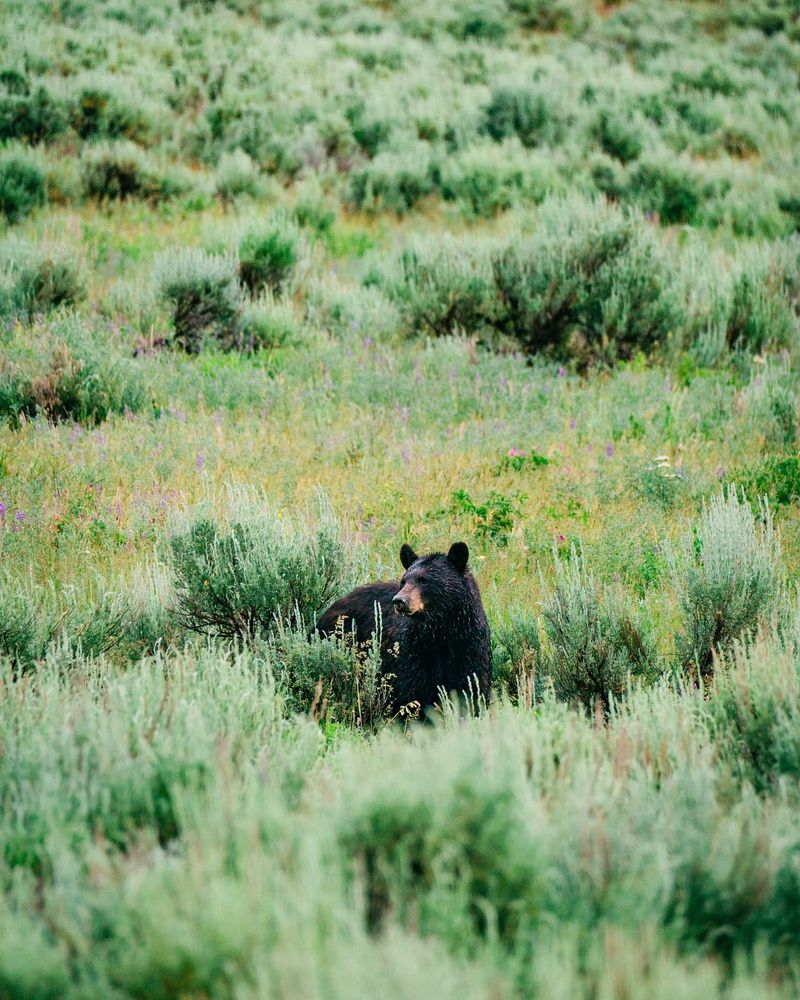
Approximately 4,500 to 5,000 black bears.
Massachusetts has a growing black bear population, primarily located in the western part of the state. These bears thrive in the mixed forests, finding an abundance of food and shelter.
Massachusetts’s commitment to wildlife conservation has played a significant role in supporting this growth. Black bears in Massachusetts are often seen foraging for berries and small animals, contributing to the ecological balance of their environments.
Their presence adds to the state’s natural allure, attracting nature enthusiasts and photographers. To coexist peacefully with black bears, Massachusetts residents and visitors are advised to follow guidelines such as securing food and eliminating attractants.
The state’s ongoing efforts to educate the public about bear safety help ensure that these magnificent creatures continue to thrive in their natural habitats.
16. Michigan
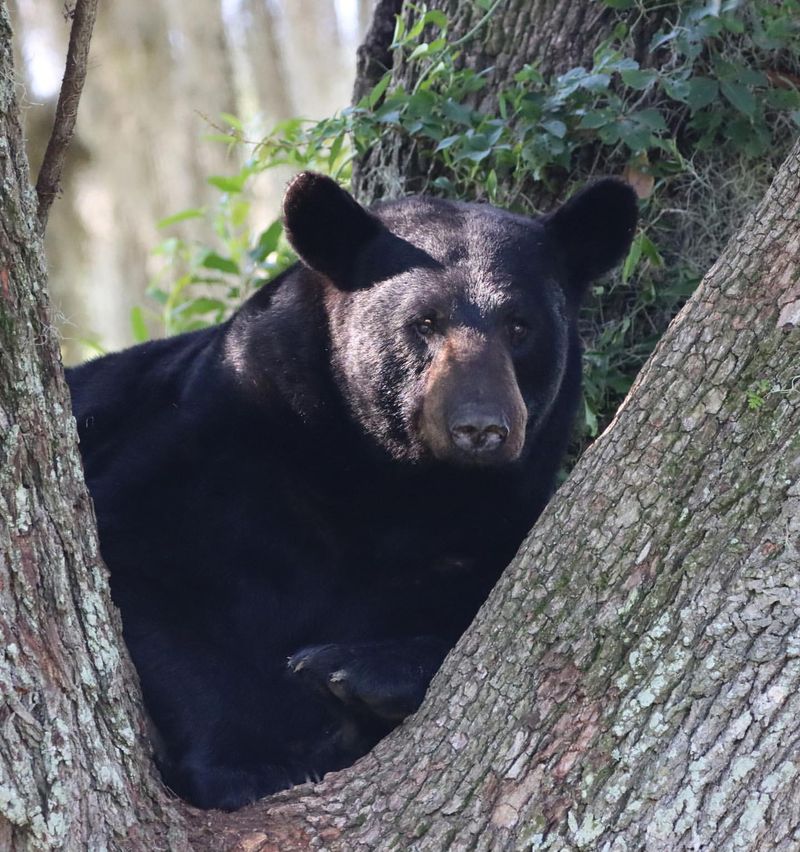
Over 12,000 black bears.
As you can see, Michigan boasts a significant black bear population, primarily concentrated in the Upper Peninsula and northern Lower Peninsula.
These areas provide an ideal habitat for bears, with abundant food sources and shelter. Michigan’s wildlife management efforts have been effective in maintaining healthy and stable bear populations.
Black bears in Michigan are often seen foraging for berries and nuts, contributing to the ecological balance of their environments. Their presence is a cherished part of the state’s natural heritage, attracting wildlife enthusiasts and photographers.
To minimize human-bear interactions, residents and visitors are encouraged to follow safety guidelines, such as securing food and garbage.
Michigan’s dedication to preserving its natural landscapes ensures that black bears continue to flourish, highlighting the state’s commitment to wildlife conservation and ecological diversity.
17. Minnesota
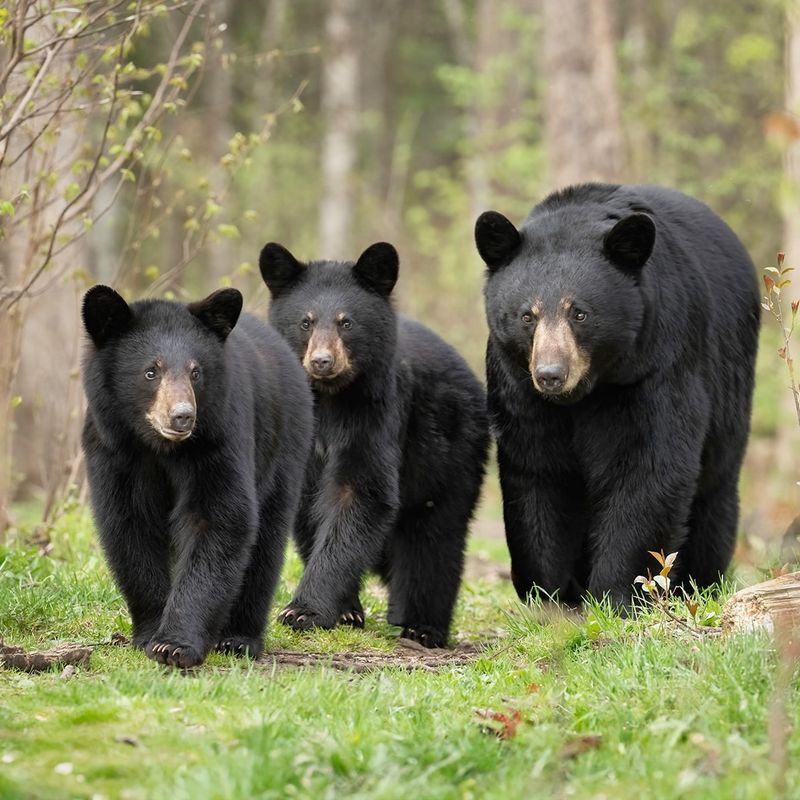
Between 12,000 and 15,000 black bears.
Minnesota is home to a robust black bear population, primarily found in the northern part of the state. These adaptable animals thrive in the boreal forests, where they find ample food and shelter. Minnesota’s wildlife conservation programs have been crucial in supporting these populations.
Black bears in Minnesota are often seen foraging for berries and small animals, contributing to the ecological balance of their environments. Their presence adds to the state’s natural allure, attracting nature enthusiasts and photographers from far and wide.
To ensure a peaceful coexistence with black bears, Minnesota residents and visitors are advised to follow safety guidelines, such as securing food and trash.
The state’s ongoing efforts to educate the public about bear safety help ensure that these magnificent creatures continue to thrive in their natural habitats.
18. Missouri

Approximately 540 to 840 black bears.
Missouri’s black bear population is primarily concentrated in the southern part of the state, particularly in the Ozark region. These bears thrive in the dense forests, finding ample food and shelter to support their population.
Missouri’s conservation efforts have been instrumental in ensuring a stable and growing bear population. Black bears in Missouri are often seen exploring wooded areas, foraging for nuts, berries, and small animals.
Their presence adds to the state’s natural charm, attracting wildlife enthusiasts and visitors. To minimize human-bear interactions, residents and tourists are encouraged to follow safety guidelines, such as securing food and garbage.
Missouri’s dedication to preserving its natural habitats ensures that black bears continue to flourish, contributing to the state’s rich biodiversity and natural beauty.
19. Montana
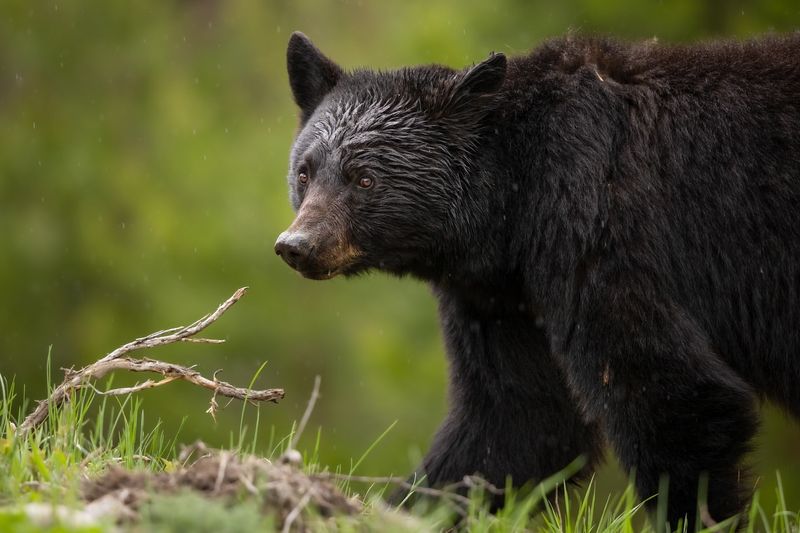
Between 13,000 and 17,000 black bears.
Montana is renowned for its thriving black bear population, with these animals predominantly found in the mountainous regions. The state’s diverse landscapes, ranging from dense forests to open meadows, provide ample resources for black bears to flourish.
Montana’s commitment to maintaining wildlife corridors has been vital in supporting these populations. Black bears in Montana are frequently seen during the warmer months, foraging for food and preparing for hibernation.
Their presence is a cherished part of the state’s natural heritage, drawing nature enthusiasts and photographers alike.
To ensure a harmonious coexistence with Montana’s black bears, it’s essential for both residents and tourists to follow safety guidelines.
By respecting wildlife boundaries and securing food sources, the state continues to protect its black bear populations, highlighting Montana’s dedication to wildlife conservation and ecological balance.
20. Utah
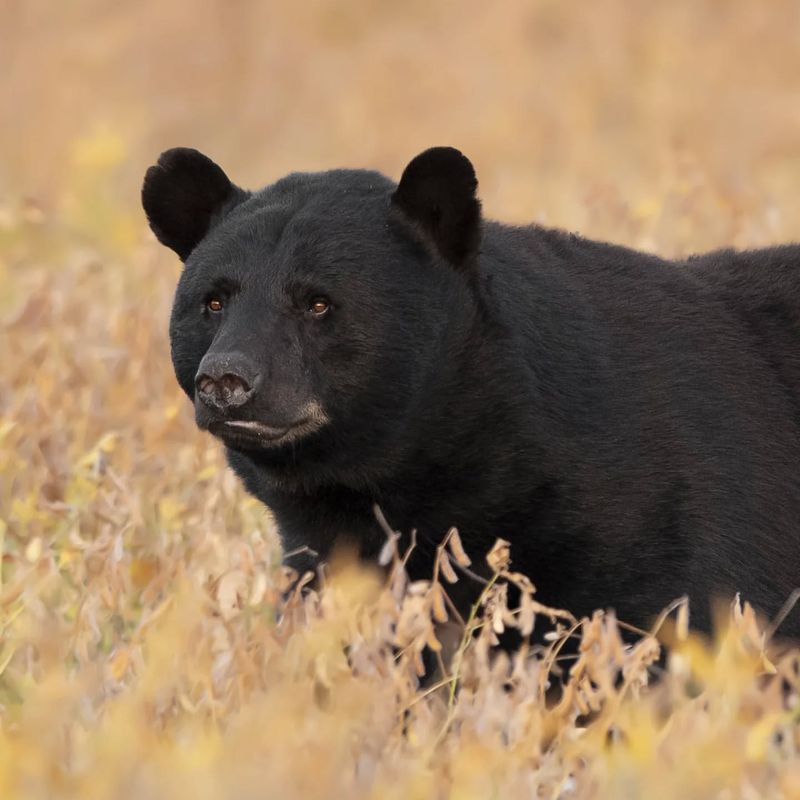
Approximately 4,000 black bears.
Utah’s black bears are a unique sight, adapting to the state’s diverse environments. These bears are primarily located in the forested areas of northern and central Utah, where they find refuge among the mountains and woodlands.
While the population isn’t as large as in other states, Utah’s black bears thrive in these secluded habitats. The state’s efforts to maintain wildlife corridors have allowed bears to move freely between habitats, ensuring genetic diversity and ecological balance.
Visitors to Utah’s parks might catch a glimpse of these elusive creatures, often seen foraging for berries and insects. To coexist peacefully with Utah’s black bears, it’s essential for locals and tourists to store food securely and respect wildlife boundaries.
The state’s commitment to preserving natural habitats continues to support the survival and growth of its black bear population, making Utah a unique place for bear enthusiasts.
21. New Hampshire
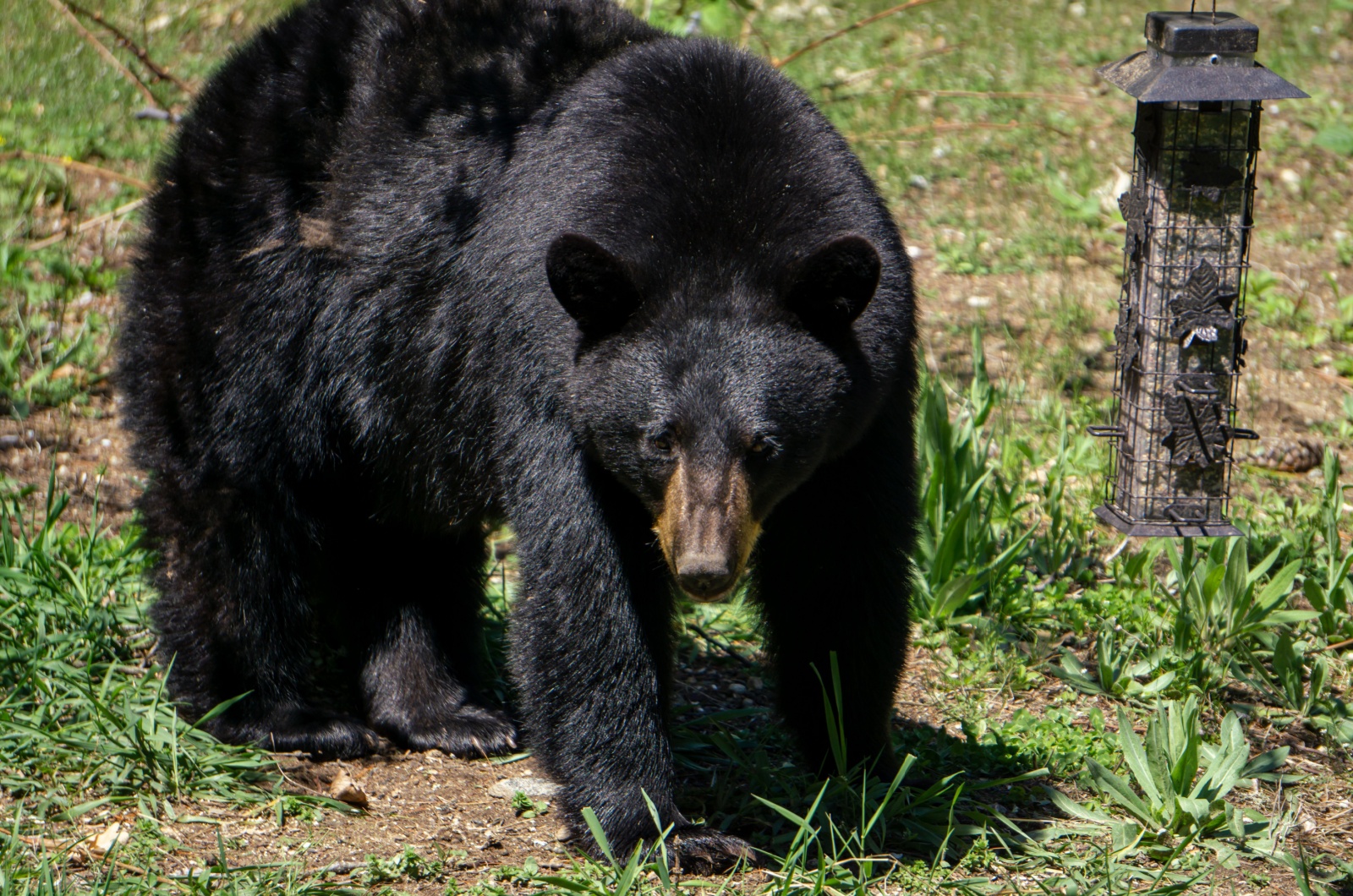
Shutterstock
Between 4,800 and 5,000 black bears.
In New Hampshire, the black bear population has seen significant growth over the past few decades. In the late 1970s, the population was approximately 1,000 bears.
Through effective management and conservation efforts, this number has increased to an estimated 6,300 bears statewide as of recent assessments. This growth reflects the state’s commitment to wildlife conservation and the successful implementation of bear management strategies.
22. New Jersey
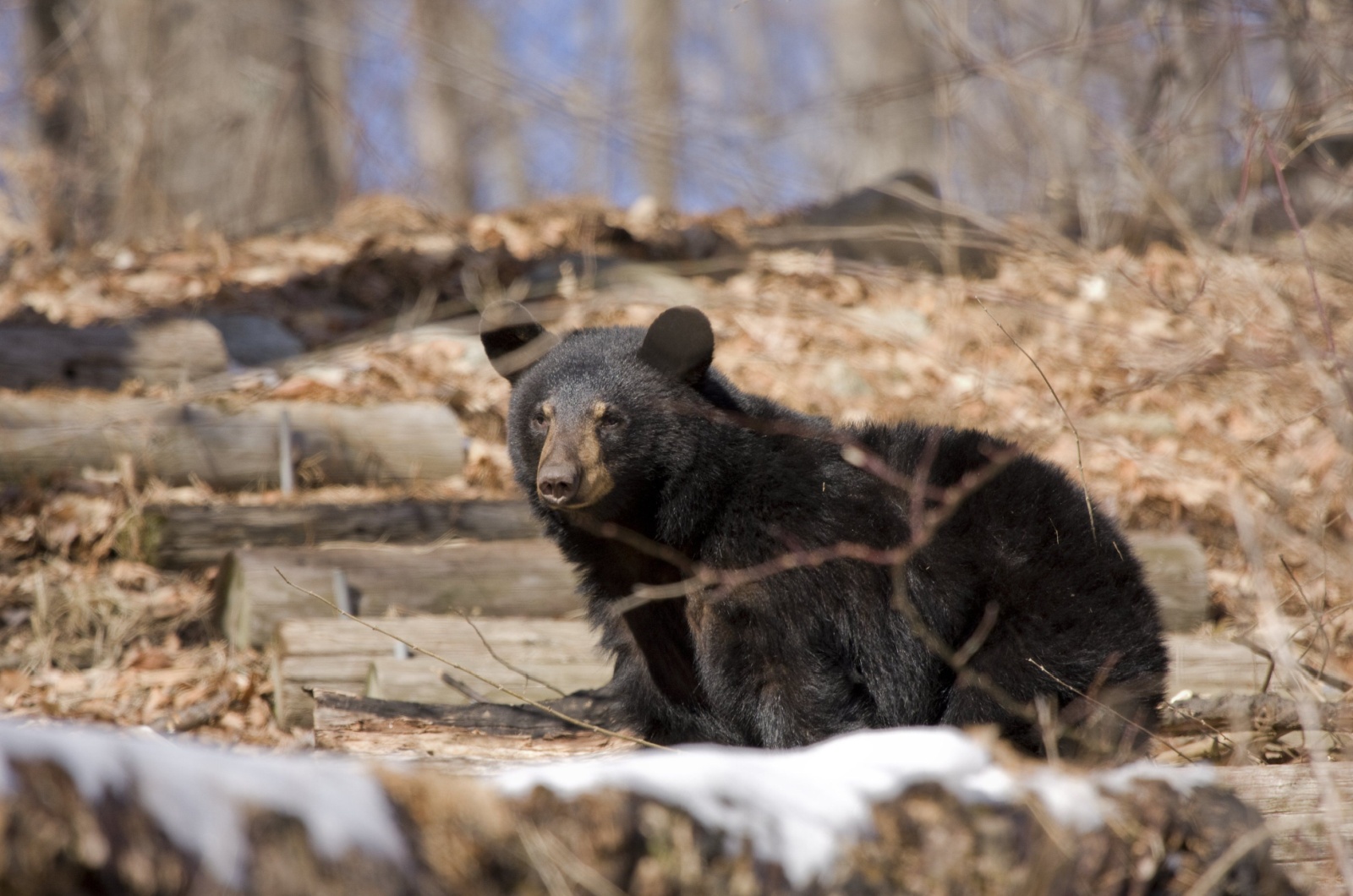
Shutterstock
Approximately 3,000 black bears
In New Jersey, black bears are primarily concentrated in the northwestern counties of Morris, Passaic, Sussex, and Warren. As of 2020, the population in this region was estimated at over 3,150 bears, marking a significant increase from previous years.
Projections indicate that, without effective population control measures, the number could exceed 4,000 bears in the near future. This rising population has led to increased human-bear interactions, prompting state officials to consider various management strategies to ensure public safety and ecological balance.
23. North Carolina
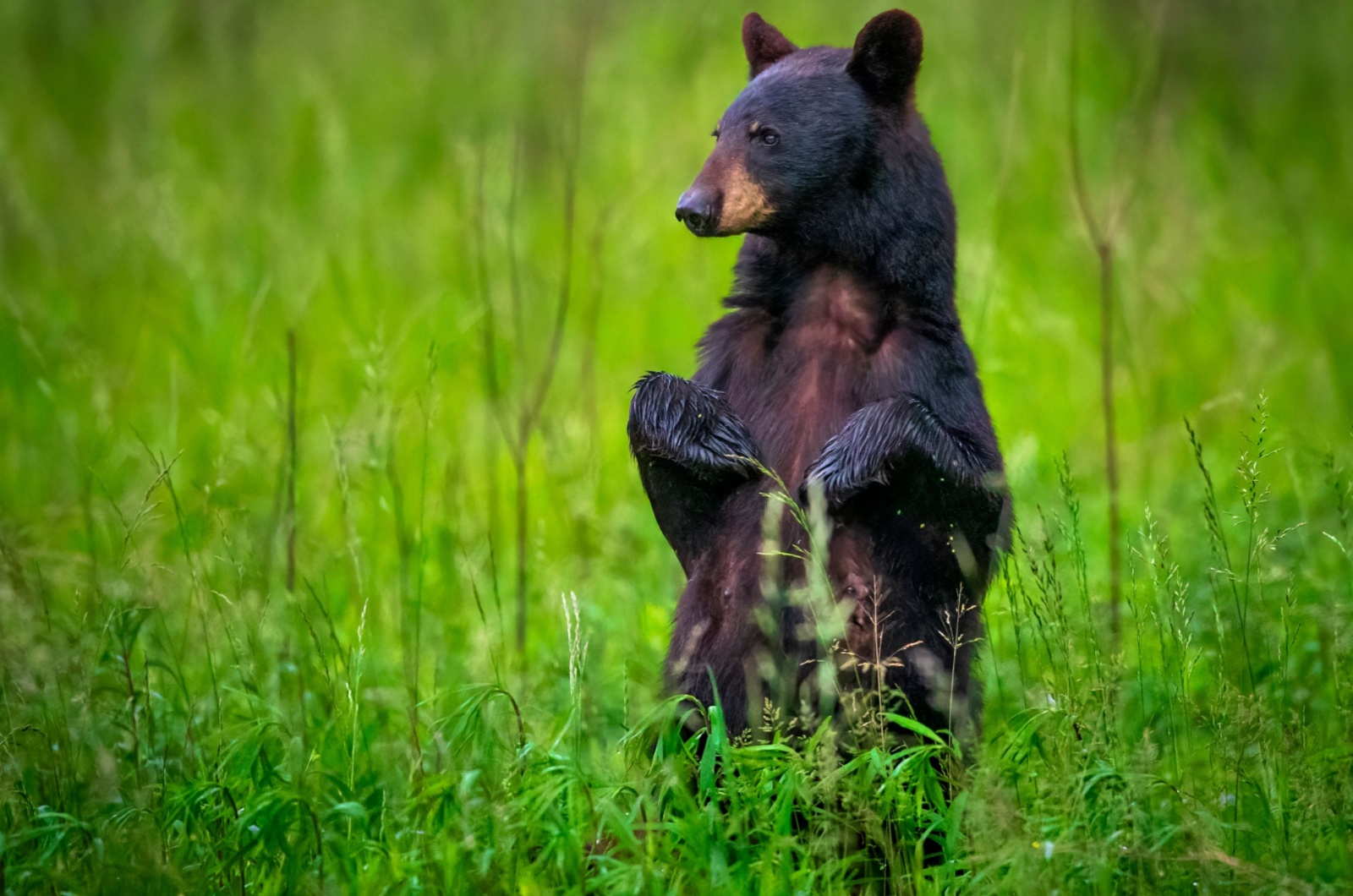
Shutterstock
Approximately 20,000 black bears
North Carolina is home to a thriving black bear population, with an estimated 20,000 bears across the state. The coastal plain, particularly the Albemarle-Pamlico Peninsula, is a hotspot for black bears, harboring one of the densest populations in the world.
The region’s fertile farmlands offer an abundant food supply, including corn, peanuts, and other crops, allowing the bears to grow exceptionally large.
Mild winters enable the bears to remain active for longer periods, which supports their continued growth and reproduction. With black bears reported in all 100 counties, North Carolina remains a vital stronghold for these iconic animals.
24. Pennsylvania
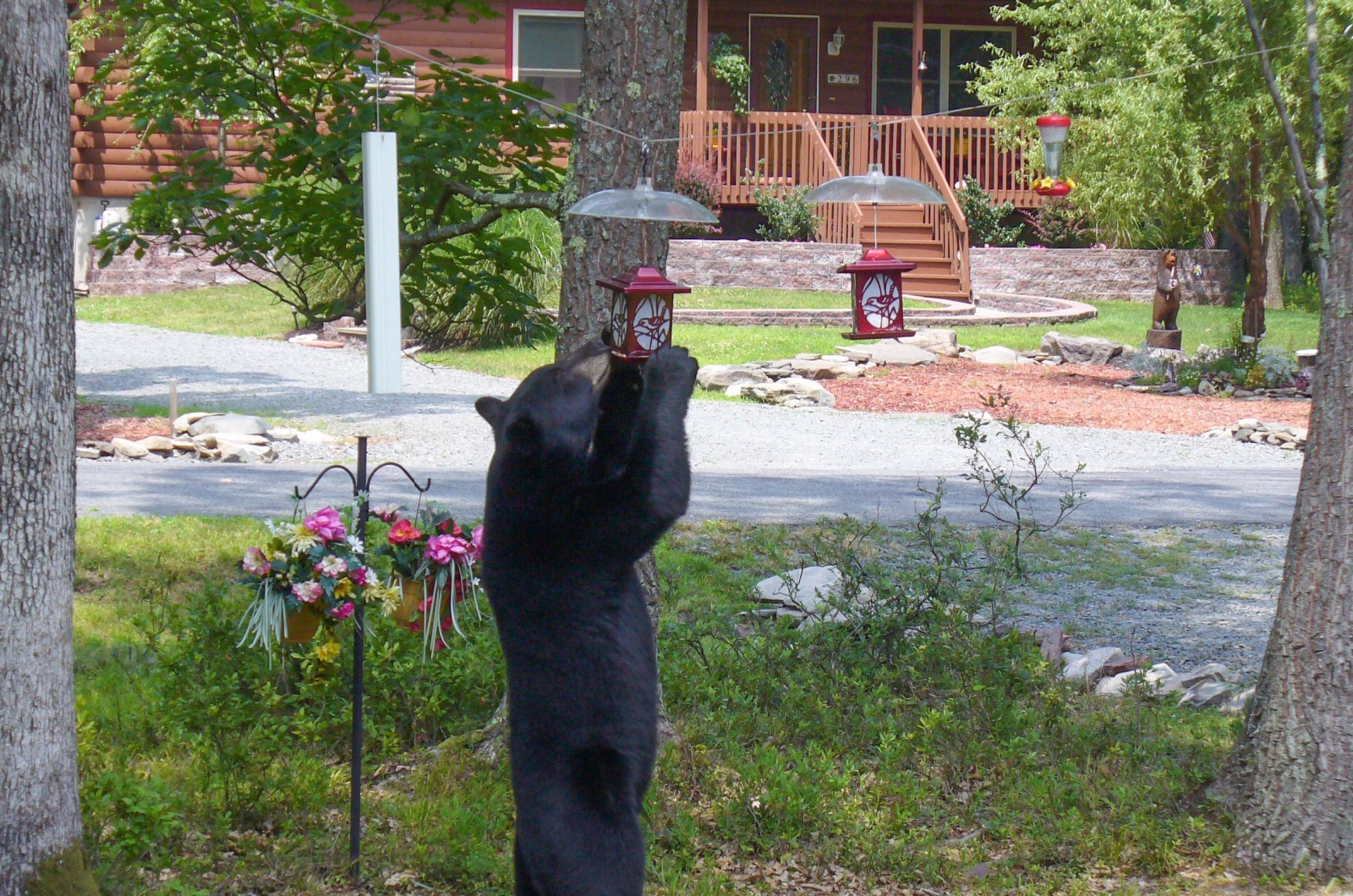
Shutterstock
Approximately 20,000 black bears
Pennsylvania boasts a robust black bear population, estimated at around 20,000. Over the decades, the state has seen a remarkable recovery in bear numbers, rising from just 4,000 in the 1970s.
Black bears are now found in about three-quarters of the state, with sightings confirmed in every county. The state’s diverse landscapes, including dense forests and mountainous areas, provide ideal habitats for bears to thrive.
However, as the population has grown, human-bear interactions have become more frequent, particularly in suburban areas. Wildlife management strategies, including regulated hunting and public education, help balance this thriving population.

